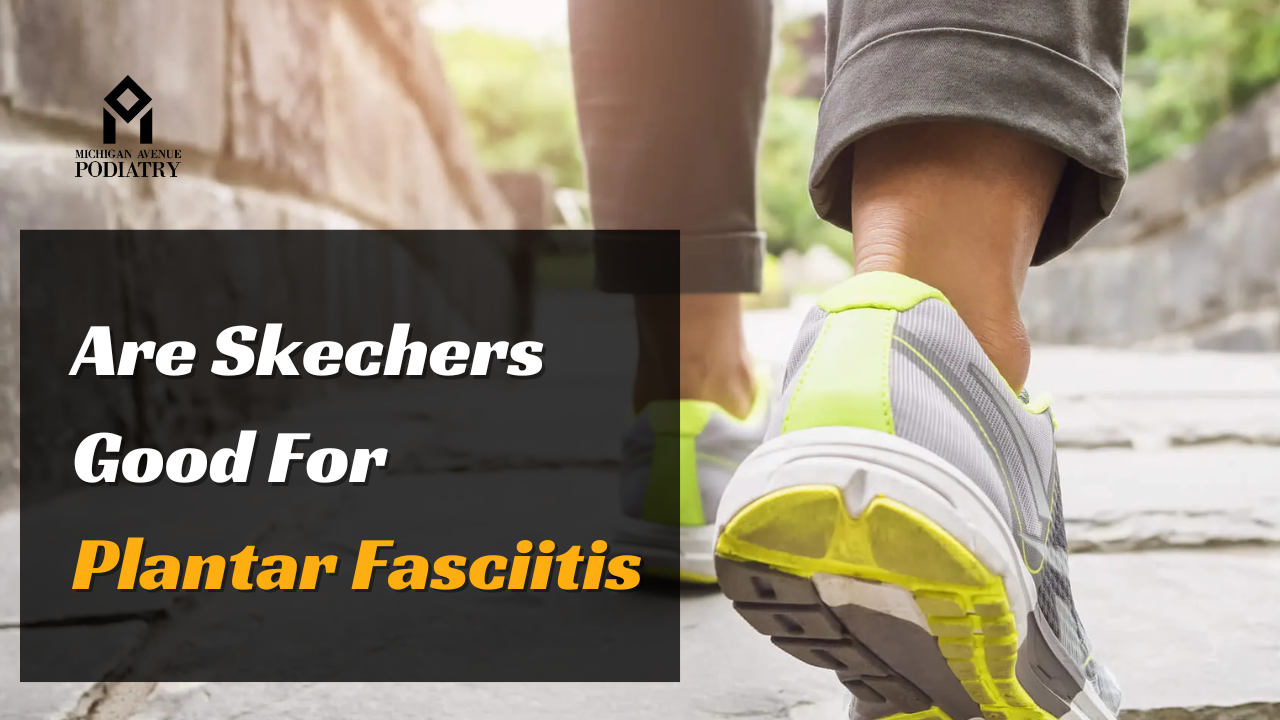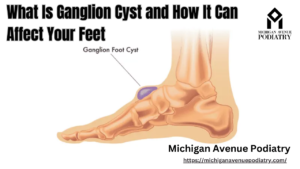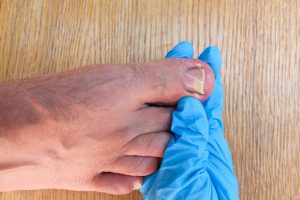The debate over footwear and its impact on plantar fasciitis continues to spark curiosity and confusion among sufferers of this common foot condition. Skechers, known for their comfort and style, often find themselves under scrutiny regarding their suitability for plantar fasciitis. In this comprehensive analysis, we delve into the question: Are Skechers truly good for plantar fasciitis? Let’s separate fact from fiction and uncover the truth behind this footwear dilemma.
Skechers Good For Plantar Fasciitis: Are They Good for You
Plantar fasciitis, characterized by inflammation of the plantar fascia—the band of tissue that connects the heel to the toes—can cause intense heel pain and discomfort. As individuals seek relief from this condition, footwear choices become a crucial consideration. Skechers, a popular brand renowned for their cushioning and support, have garnered attention as a potential solution for plantar fasciitis. But do they live up to the hype? Let’s explore the evidence and insights to determine whether Skechers are indeed a viable option for plantar fasciitis sufferers.
Understanding Plantar Fasciitis
Before evaluating the suitability of Skechers for plantar fasciitis, it’s essential to understand the nature of the condition. Plantar fasciitis often develops due to overuse or strain on the plantar fascia, leading to inflammation and heel pain. Factors such as foot structure, biomechanics, and footwear can influence the severity and progression of the condition. Therefore, selecting appropriate footwear is crucial for managing plantar fasciitis symptoms and promoting healing.
The Case for Skechers
Skechers shoes are lauded for their comfort-driven designs, featuring cushioned insoles, supportive midsoles, and flexible outsoles. Many individuals with plantar fasciitis find relief from wearing Skechers footwear, citing the cushioning and arch support as beneficial for alleviating heel pain and reducing pressure on the plantar fascia. Additionally, Skechers offers a variety of styles, including athletic shoes, casual sneakers, and work shoes, catering to diverse preferences and lifestyles.
Key Features to Consider
When evaluating Skechers for plantar fasciitis, several key features should be considered:
- Cushioning: Ample cushioning in the heel and forefoot can help absorb shock and reduce impact on the plantar fascia, providing relief from heel pain.
- Arch Support: Adequate arch support helps distribute weight evenly across the foot and prevents excessive strain on the plantar fascia, promoting proper alignment and reducing discomfort.
- Flexibility: While cushioning and support are essential, flexibility in the shoe’s sole allows for natural foot movement and flexibility, preventing stiffness and promoting comfort during activities.
Also Read:
Expert Insights and Recommendations
Podiatrists and healthcare professionals often weigh in on the topic of footwear for plantar fasciitis. While individual preferences and foot characteristics vary, many experts acknowledge the potential benefits of Skechers for certain individuals with plantar fasciitis. However, they emphasize the importance of selecting Skechers shoes that offer adequate cushioning, arch support, and stability to address the specific needs of plantar fasciitis sufferers.
Conclusion: Finding the Right Fit
In the ongoing quest for relief from plantar fasciitis, Skechers shoes emerge as a viable option for many individuals seeking comfort and support. However, the suitability of Skechers for plantar fasciitis ultimately depends on factors such as foot type, severity of symptoms, and personal preferences. By prioritizing features such as cushioning, arch support, and flexibility, plantar fasciitis sufferers can make informed decisions when choosing Skechers footwear. Consultation with a podiatrist or footwear specialist can provide valuable guidance in selecting the right shoes to alleviate heel pain and promote foot health.




